“Abbiamo intrapreso il nostro viaggio mentre il sole del mattino irrompeva”, come suggerisce la famosa canzone dei The Herd. Il nostro gruppo eterogeneo, guidato da un esperto caposquadra, ha intrapreso un'avventura ciclistica di 16 giorni attraverso l'affascinante ed enigmatica nazione conosciuta come Cuba, un paese come nessun altro.
Secondo la mappa turistica ufficiale di Cuba, Cuba vanta “spiagge di incomparabile bellezza, affascinanti paesaggi sottomarini, una vasta gamma di terreni e città con un'architettura notevole”. Devo aggiungere, tuttavia, che le strade sono tra le più piene di buche. Questa osservazione non vuole essere scortese, ma vale la pena di essere sottolineata, dato che il nostro viaggio prevedeva di pedalare su biciclette ibride a 21 marce con borse laterali, sotto la guida di un accompagnatore turistico esperto e di guide turistiche ufficiali dello stato cubano. Il nostro viaggio è iniziato e si è concluso nella capitale, L'Avana.
Cuba è spesso paragonata alla forma di un coccodrillo o di un magnifico pesce che nuota nelle acque blu dei Caraibi. Indipendentemente dalla sua forma, Cuba possiede una cultura vivace e si distingue come la più grande tra le isole caraibiche. Il suo paesaggio comprende montagne lussureggianti, dolci colline e ampie pianure, tutte adornate da un terreno fertile che produce zucchero, tabacco e un'abbondanza di frutta e verdura tropicali. Oltre a ciò, le montagne, le zone umide e gli isolotti al largo di Cuba nascondono un tesoro di piante e animali selvatici, raramente incontrati dalla gente del posto, per non parlare dei turisti.
La ricchezza naturale dell'isola è eguagliata solo dal fascino della sua gente. I cubani, discendenti da un mix di colonizzatori spagnoli, popolazioni indigene e schiavi africani, e in seguito influenzati dai coloni francesi nel XX secolo, formano un ricco arazzo di culture. Questa miscela unica è simile a una bottiglia di rum invecchiato, con un sapore profondo, inebriante e cupo.
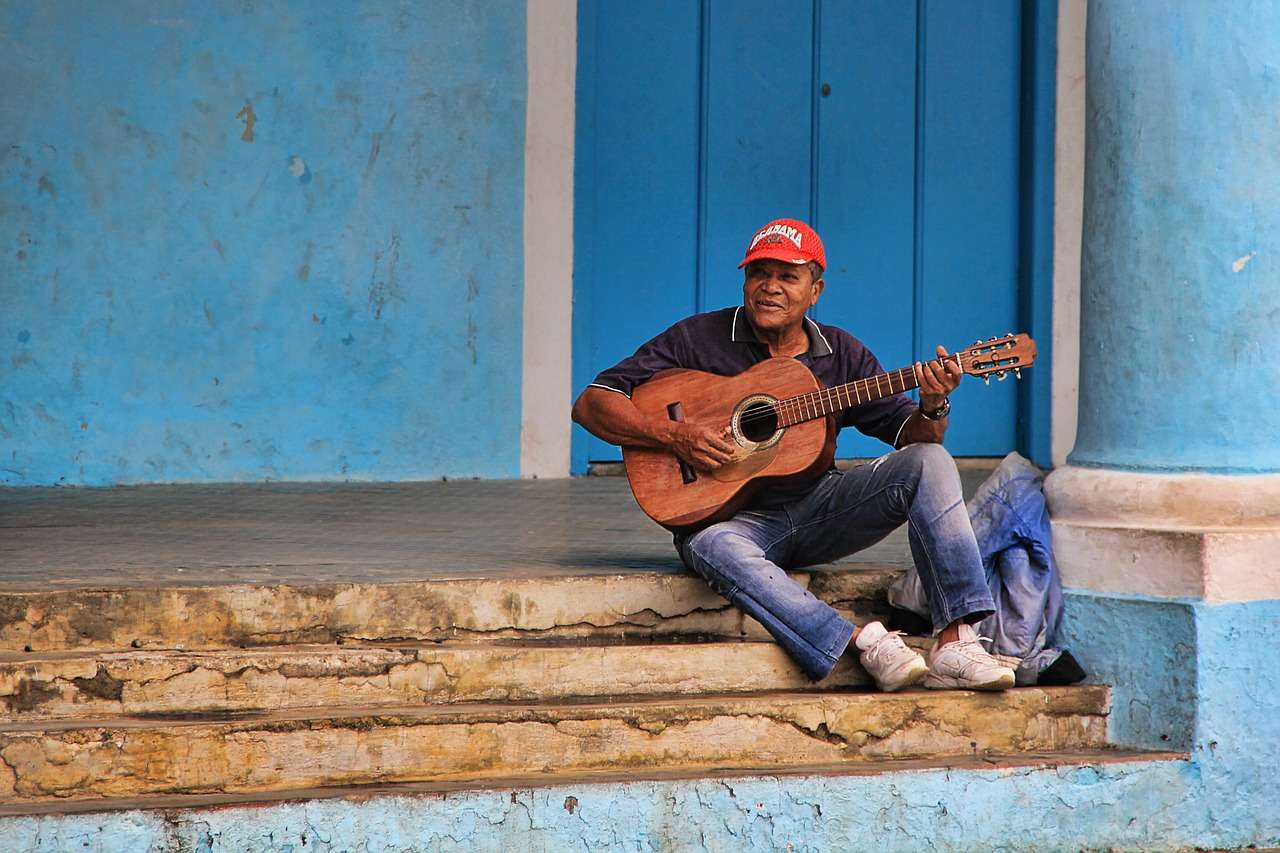
Cuba: musicista (c) pixabay/GregMontani
L'Avana è stata oggetto di innumerevoli descrizioni suggestive. Tuttavia, le parole spesso non riescono a catturarne l'essenza, con la sua architettura eterogenea, i viali larghi e l'iconica passeggiata ‘Malecon', specialmente nel cuore dell'Avana Vecchia . I grandiosi edifici coloniali invecchiati che costeggiano le strade sono stati onorati con lo status di Patrimonio dell'umanità dall'UNESCO nel 1982. Mentre passeggi per le strade, non puoi fare a meno di guardare con un pizzico di nostalgia le auto americane degli anni '40 e '50 che sfrecciano. In questa città, la musica è uno stile di vita e sembra che i cubani abbiano solo un volume… ed è ALTO! La musica emana da altoparlanti distorti e rimbombanti e porta con sé uno stile cubano unico.
L'Avana sembra congelata nel tempo, segnata dall'influenza persistente della decadente era americana degli anni '50. Quando cala la notte, la città si anima e una visita ai bar frequentati da personaggi del calibro di Hemingway, come La Bodequita del Medio o il Floridita, per assaporare il suo famoso daiquiri, è un'esperienza deliziosa.
Molti visitatori ritengono che la valle di Viñales sia lo spettacolo più mozzafiato di Cuba. Il nostro viaggio in questa pittoresca valle è stato caratterizzato da piogge monsoniche mentre attraversavamo piantagioni di banane e caffè, rendendolo un'avventura. La valle è situata nella provincia più occidentale di Cuba, Pinar del Rio, con il Golfo del Messico a nord e i Caraibi a sud. I maestosi affioramenti calcarei dei Mojotes formano uno sfondo spettacolare per i migliori campi di tabacco del mondo, creando uno scenario che ricorda più il Sud-est asiatico che i Caraibi. Il ritmo rilassato della vita qui ha offerto un rinfrescante contrasto con il trambusto dell'Avana. Per raggiungere Viñales, abbiamo dovuto pedalare lungo l'unica grande autostrada di Cuba . Con un traffico minimo, ci ha offerto un'esperienza surreale mentre scivolavamo lungo questa striscia deserta di asfalto. È molto probabile che questa sia l'ultima autostrada rimasta al mondo dove si possa fare un viaggio così unico.
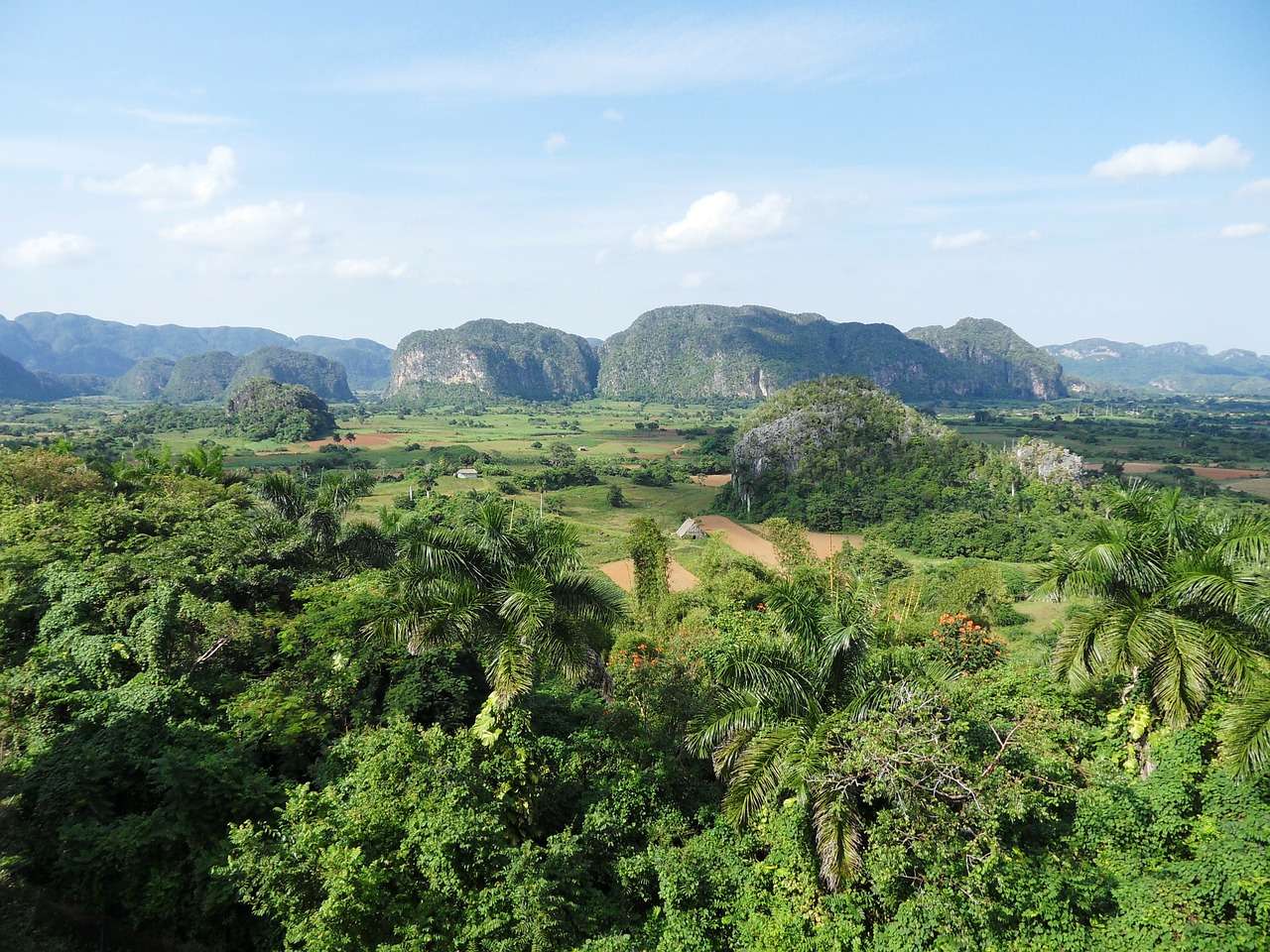
Valle di Viñales, Cuba (c) pixabay/weisastrid
Equally impressive is the infamous Bay of Pigs, an otherwise innocuous sandy shoreline. This is now forever recorded in historic folklore as the failed invasion debacle on 17 April 1961. Suffice to say the insitu museum celebrates repelling the 1297 CIA trained insurgents (US participation was denied at every stage), which led to a great boost in Fidel Castro's domestic and international status. Soon after he declared Cuba a socialist one party state. A walk round the museum with the entire captured US remnant on display, is a seminal moment. It really hits home just what this unique country is all about.
We cycled on to the town of Cienfuegos, a port city 155 miles southeast of Havana. Tourism has yet to reach this town with any force and allows one to see life as it really is for Cuba laid bare. Despite the industry on its periphery, the centre is quite attractive, with pastel coloured neo-classical buildings. Travellers are now starting to use this as a stop-off point on the way to Trinidad. The focal point of the town is Parque Jose Marti, one of the grandest squares in the country. Here you will find the monumental red-domed government offices, and early 19th century cathedral with a startling gold-painted interior and a music hall (casa dela troua) with whimsical flourishes.
The huge Hotel Jagua was our base for two nights. Set on a peninsular into the bay (originally a Hilton Hotel, seized by Castro after the successful 1959 Revolution, as it had just completed construction), it served up a sumptuous colourful evening cabaret for the mighty price of 5 Cuban dollars. Cavorting mulatto dancers in sparkling G-strings and pairs of strategically placed stars, may not be most peoples' image of socialist doctrine – but this is Caribbean communism.
The Palacio de Valle just next door to the hotel provided a very unusual dinner date. Built between 1913 – 1917, this is the most peculiar ‘neo-mudejar' style in Cuba, an architecture using elements of pre-15th century Moorish Spain. Its' rooftop terrace is a great place to sit in the evening and enjoy a Mojito, as the flame coloured evening sky provided a wonderful canvas for the setting sun.
Trinidad is totally beguiling, which assaults all your senses. Sugar barons, slaves and pirates have all left traces in this oldest of Colonial Caribbean towns dating back to the 1514. Today it is a world heritage site, due to its time-warp preservation of architectural jewels. Aimless wandering through cobbled streets proved especially productive in Trinidad, since dozens of street names have changed and neither map nor residents seemed sure of what to call them.
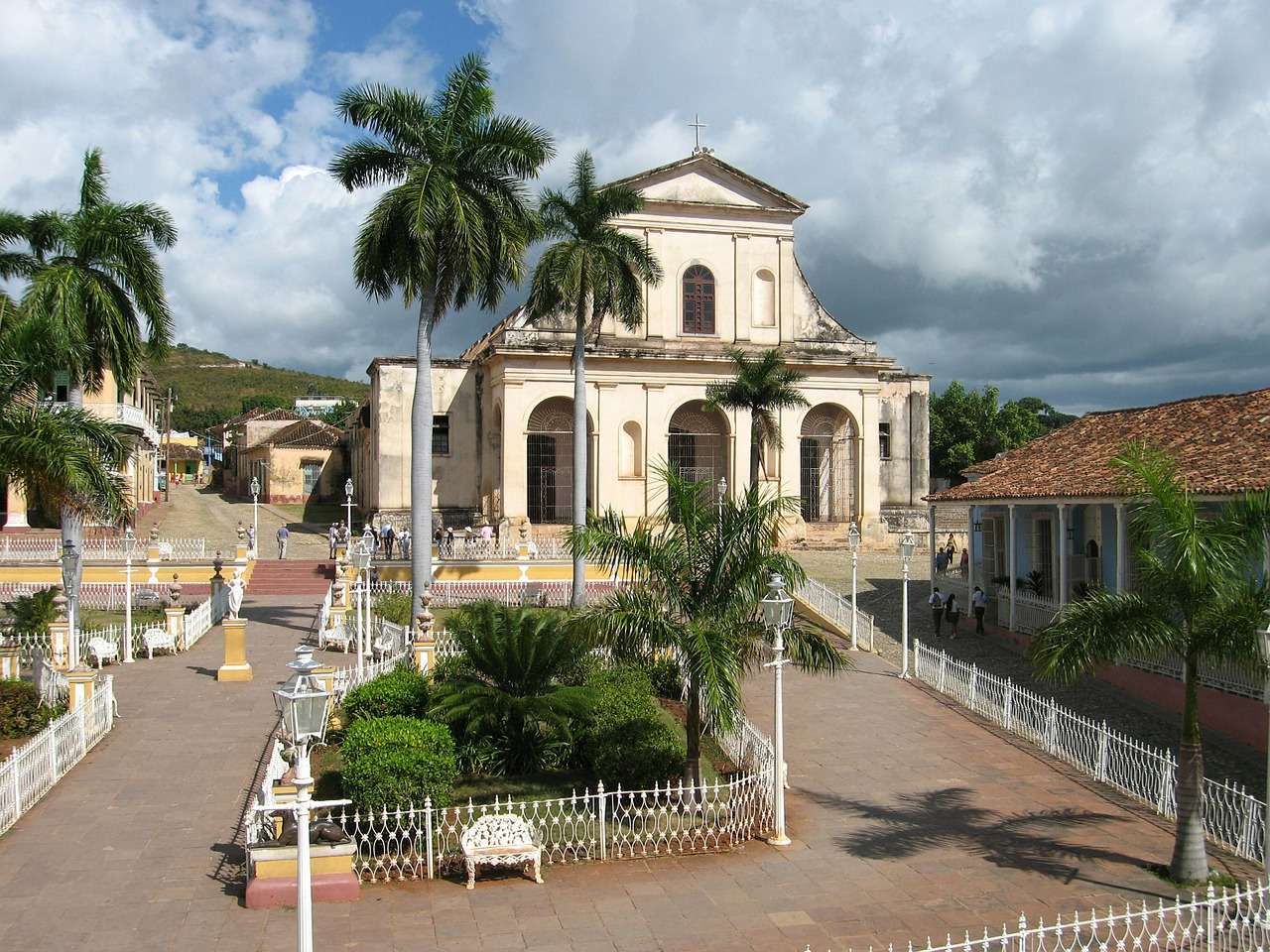
Trinidad, Cuba (c) pixabay/joepwijsbek
Next day, a visit to the San Luis and Sugarmill Valleys was particularly delightful. Highly recommended is the trip I took on a steam train once used in the sugar industry, which traverses the whole valley for tourists. It leaves daily from the Estacion Dragones station in the south of Trinidad. Leaving at 9.30 am and returning 2-3pm, it stopped off along the way at the old Manacas-Iznagas Tower, the iconic symbol of Trinidad's rich history. This ‘frozen in time' area transports you back to bygone days in the most colourful way. As I closed my eyes the whole sense of occasion and atmosphere washed over me.
Later that evening as night fell across the Plaza Mayor in the centre of town; it served up a special atmosphere of criss-cross rhythms of Cuban music to the twirling bodies of the multi-national gathering of tourists. As the live music punctuated the air, a luminescent moon bathed the whole event in that special ‘moon glow', truly a magical occasion leaving yet another indelible image, which will long remain with me.
Another day another ride commencing on the highest section of the Sierra del Escambray (Escambray Mountains), arguably Cuba's most beautiful range. From the village of Tapes de Collantes (built in the 1950's), we experienced a dramatic downhill through this unique jungle of luxuriant vegetation, an area of waterfalls, river rapids and fantastic horizons. Blessed with its own microclimate, the mountains were a wonderful cool refuge from the baking Trinidad.
Over night was in Santa Clara, a town as iconic as any in this country. It was here Che Guevara had the most decisive battle of the revolution. This in turn led to the fall of Havana and the flight of Batista a few days later. Next day a visit to Che's Mausoleum and Monument, proved particularly evocative and enthralling. In a massive and overbearing communist style, this solid concrete edifice celebrates the history of the successful Revolution, via statues, carvings and records. Inside the mausoleum burns an eternal flame guarding over the final resting place of Che Guevara and his fallen colleagues.
Mantanzas was the start of our final ‘open road' day of riding through the Yuma Valley, surprisingly still relatively unknown to most western visitors. The town has redeeming features, worlds apart from the likes of Havana and Trinidad. Their poorly stocked shops, dusky back streets and primitive transport provide a convenient insight to the grimy real world of everyday Cuban life.
Quindi il viaggio termina all'Avana con un po' di tempo per riflettere. Cuba è tutta “Ombre e Oscurità” del controllo monopolistico dello Stato. Per quanto ci provi, però, niente può fermare la “Luce del Mattino” che porta con sé la volontà irrefrenabile e la spinta energica della sua gente. La mia mente è tornata al tramonto nella parte più degradata di Cienfuegus. Mentre ero seduto in alto su una discarica che dominava i Barrios , ovunque guardassi c'era una scena di povertà abietta. Quasi in segno di sfida, le risate dei bambini si levavano dal labirinto di strade fatiscenti mentre ballavano e giocavano. Da ogni porta il suono della musica, i cani che abbaiavano e le chiacchiere vivaci esplodevano nella loro speciale orchestra di vita. Questo è il loro microcosmo, i veri polmoni e il battito cardiaco di Cuba. Ovunque vedi un atteggiamento laborioso, che trasforma “l'acqua in vino”; niente viene sprecato ma riciclato più e più volte.
Cuba è speciale e ti arriva al cuore, lasciandoti con tante domande quante risposte. Di sicuro non la lascerai mai, perché i ricordi ti accompagneranno per sempre. Tutti dovrebbero visitare questo paese unico almeno una volta prima che avvenga l'inevitabile cambiamento, con la possibile scomparsa di Fidel Castro nel prossimo futuro (Fidel Castro ha ormai 79 anni e non si conosce un successore), perché non ne vedremo mai più uno simile. Con l'aiuto incondizionato di Explore, pedalare in questo favoloso paese si è rivelato il modo migliore per vederlo e sentirlo. Di sicuro me ne sono andato con una domanda scottante e impellente: “Cosa potrebbe realizzare questa nazione piena di risorse, se mai si liberasse dalle sue catene di isolamento”? Una nazione molto orgogliosa è in agguato e senti che la pistola dei partenti è pronta.

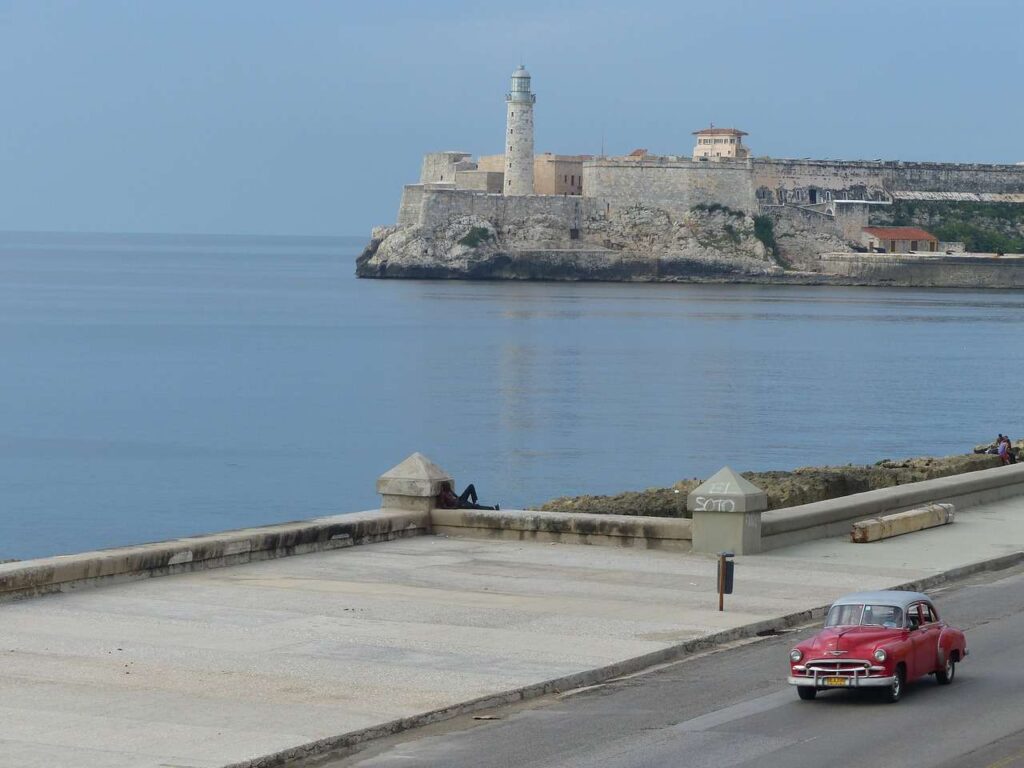

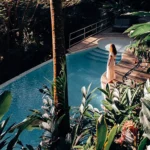

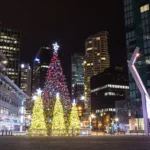


Wow, a 16-day bicycle journey across Cuba? Thats like a dream come true! Sign me up!
Are you serious? A 16-day bicycle journey across Cuba sounds like a nightmare to me! I wouldnt trade my comfort for sore muscles and exhaustion. But hey, to each their own! Enjoy your dream come true, I guess.
Wow, sounds like an amazing adventure! I wonder if they encountered any wild salsa parties along the way?
Sorry to burst your bubble, but I highly doubt salsa parties were a priority on their adventurous journey. Maybe focus on appreciating their accomplishments rather than fixating on your own interests.
Wow, I cant believe they biked all the way across Cuba in just 16 days! Thats some serious endurance right there.
Wow, cycling in Cuba mustve been amazing! But seriously, who needs 16 days for that?!
Well, not everyone rushes through life like you do. Some people actually enjoy taking their time to explore and immerse themselves in a new culture. But hey, to each their own, right?
Wow, a 16-day bike ride across Cuba?! Thats crazy! I bet the potholes were insane!
Sounds like an incredible adventure! The potholes must have added some excitement to the ride. Kudos to you for taking on such a challenge.
Who needs a bicycle journey across Cuba when you can just take a taxi?
Taking a taxi may be convenient, but it cannot compare to the authentic experience of a bicycle journey. It allows you to immerse yourself in the local culture, interact with people, and discover hidden gems. So, for those seeking a true adventure, a bicycle journey across Cuba is definitely worth it.
Wow, who needs a 16-day bicycle journey across Cuba when you can just take a cab?
Ma davvero 16 giorni in bicicletta attraverso Cuba? Che avventura! Vorrei sapere di più sul cibo che hanno mangiato lungo il percorso! 🚲🇨🇺
Spero abbiano assaggiato le specialità locali, non solo cibo occidentale. Vero viaggio culinario! 🍲🇨🇺
Ma davvero 16 giorni in bicicletta a Cuba? Troppo avventuroso per me, preferisco godermi la spiaggia con una mojito in mano! 🍹🌴
Ognuno ha i propri gusti, ma le avventure portano esperienze uniche. Mai dire mai!